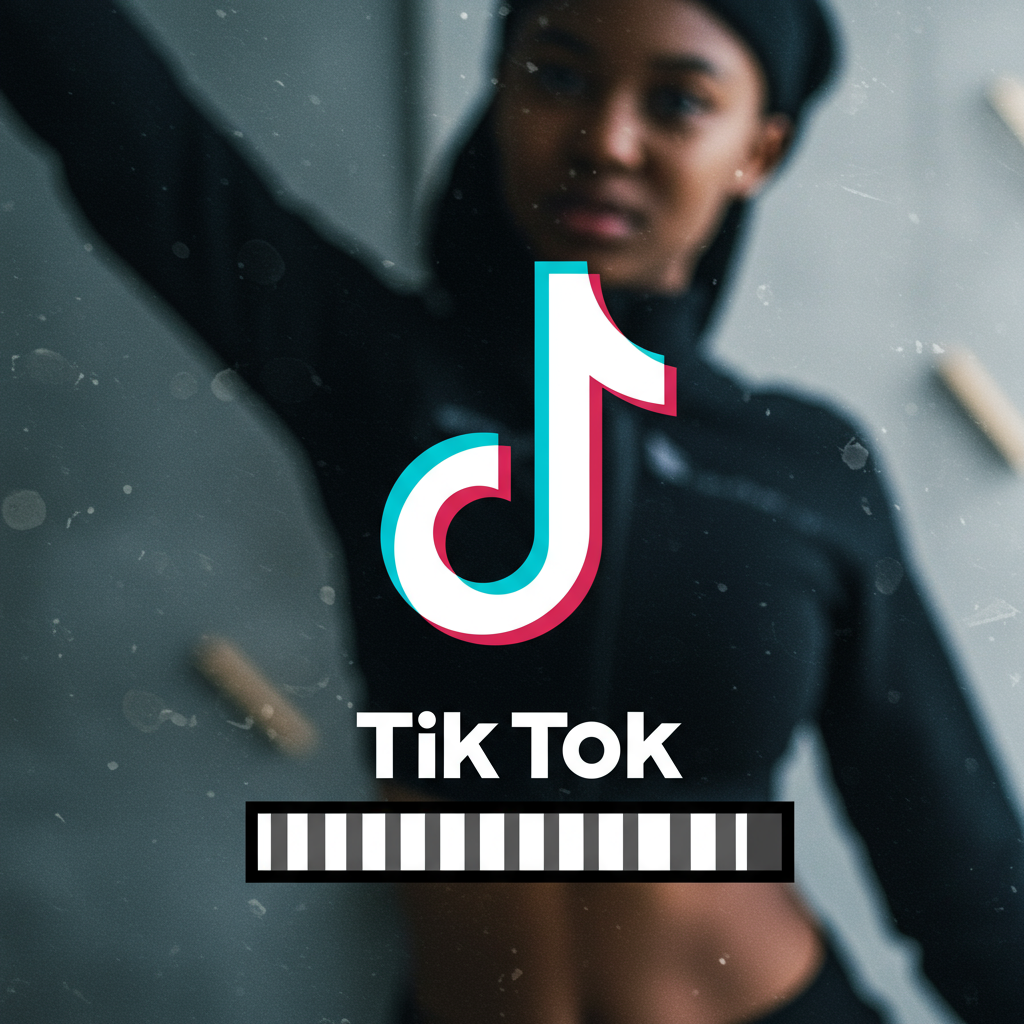TikTok recently took action against the hashtag #SkinnyTok, banning it following warnings from European regulators about its role in promoting unrealistic body images and potentially dangerous weight loss practices. The move aimed to curb a wave of content featuring emaciated-looking young women sharing tips for rapid weight loss.
However, removing a single hashtag is proving to be just a surface-level fix. Despite efforts by platforms like TikTok, content promoting unhealthy eating habits and extreme thinness continues to proliferate across social media. The challenge lies in the nuanced and often ambiguous nature of nutrition and wellness discussions online.
The Difficulty of Moderating “Gray Zones”
Social media platforms struggle to effectively regulate content that falls into these “gray zones,” according to Brooke Erin Duffy, a researcher studying social media and culture at Cornell University. She notes that creators are adept at bypassing moderation efforts and hashtag bans.
A prime example is the ubiquitous “What I eat in a day” meme. While some videos feature balanced, healthy diets, others dangerously promote severe calorie restriction. Posts can range from showcasing a single croissant as a day’s sustenance to demonstrating a varied 1,800-calorie intake, making it difficult for platforms to distinguish harmful content universally.
Linking Content to Disordered Eating Risks
Consuming this type of content on social media is strongly correlated with a higher risk of disordered eating. Young women and girls are particularly susceptible to the negative influence of unrealistic body ideals and diet culture messaging presented online. Research highlights the severe risk associated with such content, noting that anorexia has the highest mortality rate of any psychiatric disorder.
Amanda Raffoul, who researches eating disorders and social media, emphasizes this connection. She points out how easily vulnerable individuals can encounter harmful information amplified through these platforms.
Body Positivity’s Uphill Battle
In response to the deluge of negative messaging, some creators are fighting back with “body-positive counterprogramming.” Athlete and creator Kate Glavan, with a significant following, uses her platform to expose the dangers of content that glamorizes undernourishment, openly discussing her own past struggles with an eating disorder and urging followers to block harmful accounts.
Yet, researchers find that positive messaging often fails to gain the same traction or profitability as negative content. Amanda Raffoul explains that unrealistic or extremely thin body images tend to have a more lasting impact and garner larger audiences than body-positive content, partly because the societal message equating thinness with beauty is constantly reinforced. Her research suggests that even actively consuming body-positive content may not fully protect individuals from the impact of harmful weight loss messaging.
The struggle is so profound that some who championed body positivity feel the movement is losing ground. Megan Jayne Crabbe, author of We Don’t Make Ourselves Smaller Here, links this shift to the rise of GLP-1 weight-loss drugs, suggesting a societal return to the idea that “thin is back in” and a renewed emphasis on extreme slimness as the beauty standard. Crabbe views banning hashtags as merely a temporary fix for a deeper issue of societal fatphobia. Nyome Nicholas-Williams, a plus-size model who previously challenged Instagram’s content moderation policies regarding Black plus-size bodies, feels pushed out of the co-opted body positivity movement, preferring the term “body neutrality.” This exhausting battle against negative content leads many to feel it’s an uphill or even “losing” fight.
Platform Responsibility and the Profit Motive
While social media companies don’t create the content themselves, experts argue they bear significant responsibility for how it is amplified and targeted. Amanda Raffoul notes that algorithms are coded to promote certain types of messaging, often pushing potentially harmful content towards the users most vulnerable to it.
The profit motive of these platforms is also a critical factor. Raffoul points out that every second a user spends on the platform is monetized. While ideals of unattainable thinness are not new, social media provides an incredibly effective new delivery system for harmful information related to eating disorders and body image issues.
TikTok states it is regularly reviewing safety measures, blocking searches like #SkinnyTok and redirecting users to resources like the National Alliance for Eating Disorders. The company reports restricting videos for teen accounts and partnering with advocacy groups.
Beyond the Hashtag: A Deeper Societal Wound
Ultimately, addressing the persistence of harmful content requires looking beyond platform moderation and confronting deeper societal issues around beauty standards and body acceptance. Some believe meaningful protection will only come when lawmakers intervene to force platforms to implement stronger safeguards.
Until then, navigating the digital landscape safely remains largely a personal responsibility. As one researcher suggests, perhaps the best strategy for individuals is simply to avoid engaging with harmful content altogether. The challenge of effectively moderating such pervasive and deeply rooted issues adds another layer of complexity for major social media platforms like TikTok, which already operate under significant scrutiny regarding their operations and future in key global markets.




